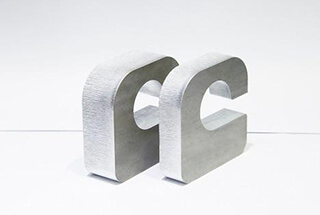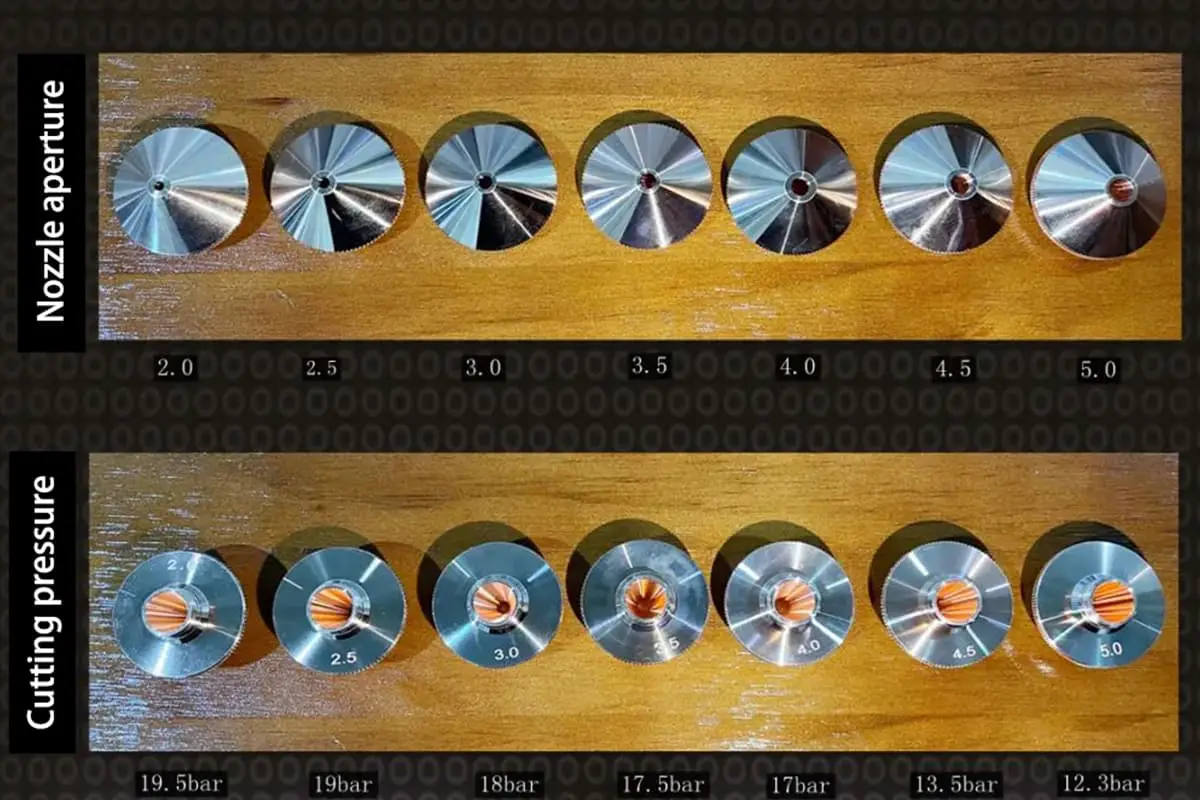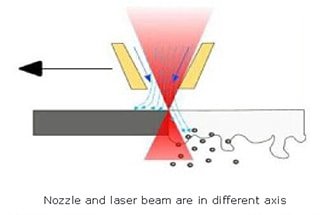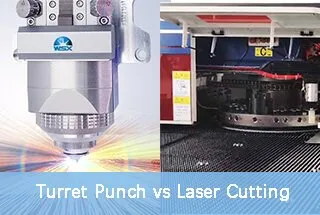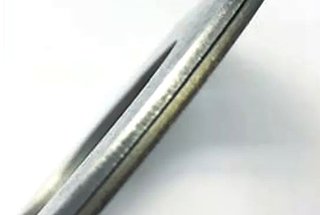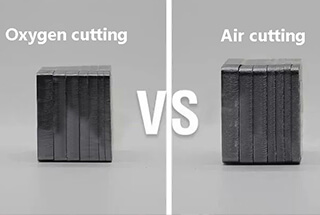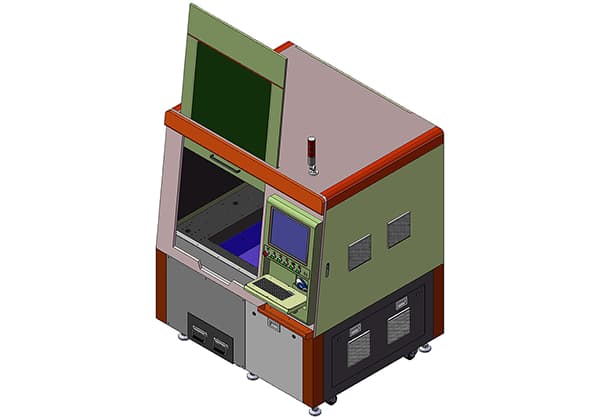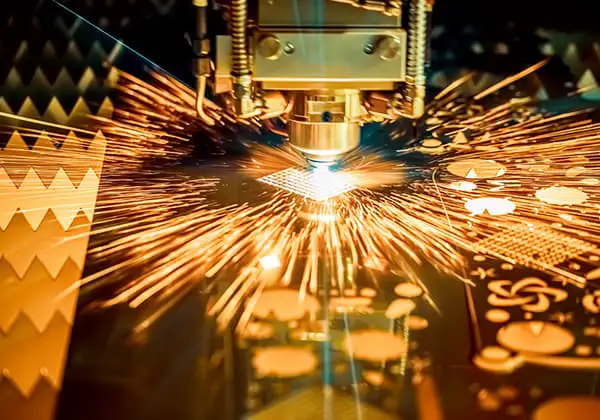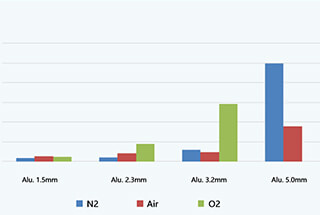
Can aluminum plates be efficiently cut by laser? Absolutely, but it’s not without challenges. High reflectivity and heat sensitivity of aluminum demand powerful lasers and precise handling. This article explains the process, benefits, and limitations, ensuring you can achieve smooth cuts without damaging equipment. Whether you’re a seasoned professional or a newcomer, you’ll gain valuable insights on how to optimize laser cutting for aluminum. Dive in to learn how to enhance your sheet metal processing skills.
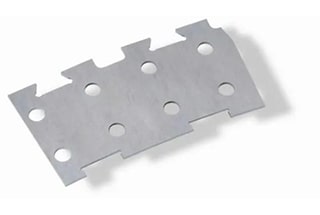
Aluminum plates are commonly used in sheet metal processing.
There is a common question of whether aluminum plates can be cut by laser. The answer is a resounding yes.
A few years ago, laser cutting machines were able to cut aluminum plates, but with some limitations. Workers had to smear ink on the aluminum plate before cutting, as the reflection coefficient of aluminum plates is high and they were afraid of reflecting the laser. Furthermore, adjusting the laser parameters was challenging.
At that time, the thickness of the aluminum plate that could be cut was limited to only 1 mm.
However, with the accumulation of experience, the cutting of aluminum plates has become smooth with no slag hanging.
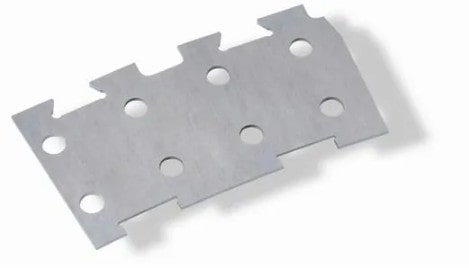
The ability to laser cut aluminum plates also depends on the power of the laser generator. For example, a 6000W laser generator can cut aluminum plates up to 16mm in thickness, while a 4500W laser generator can cut aluminum plates up to 12mm in thickness. However, the cost of this process is high.
Laser cutting aluminum plates is accomplished by using a focused high power density laser beam to irradiate the material. The high reflectivity of aluminum requires the use of a high-power laser beam to quickly melt, vaporize, ablate or reach the ignition point of the material.
At the same time, high-speed air flow that is coaxial with the beam helps to blow away the molten material, enabling the cutting of the workpiece.
The cut aluminum plate is also smooth.
Aluminum plates are known for their high reflectivity, and therefore require a powerful laser generator for cutting.
Like other materials, aluminum plates are cut using nitrogen as the cutting gas, which helps to produce a smooth surface without any roughness.
Fine Cutting Seam: The cutting seam produced by laser cutting aluminum plates is typically 0.1mm to 0.2mm.
Smooth Cutting Surface: The cutting surface of laser cut aluminum plates is smooth, without any burrs or slag.
Minimal Thermal Deformation: The thin slit, fast speed, and concentrated energy of laser cutting result in minimal heat transfer to the cut material, resulting in very little deformation of the material.
Material Savings: Laser processing, guided by computer programming, enables the precise cutting of aluminum plates into various shapes, improving the utilization of the material and saving on material costs.
Thickness Limitations: The thickness of the aluminum plate that can be cut depends on the power of the laser generator. A 6000W laser generator can typically cut aluminum plates up to 16mm thick, while a 4500W laser generator can cut aluminum plates up to 12mm thick.
Aluminum plates have high reflectivity, which can cause significant damage to a laser.
In general, it is not recommended for customers to use optical fiber laser cutting machines to cut aluminum plates, or to use them as little as possible.
A laser is a valuable investment, worth hundreds of thousands of dollars, and the damage caused by cutting aluminum plates could result in its loss, making it not worth the risk.
Based on personal experience, CO2 laser cutting machines have a relatively low cost and high laser generator power, making them a viable option for cutting aluminum plates when necessary.
It is important to coat the aluminum plate with a black light-absorbing material to prevent reflection from damaging the lens or laser head.
When cutting aluminum plates, it is recommended to use caution as aluminum is a high reflectivity material that can cause significant damage to lasers.
For aluminum plates less than 6mm in thickness, it is suggested to use numerical control punching. For aluminum plates thicker than 6mm, water cutting is recommended as a safer alternative.

